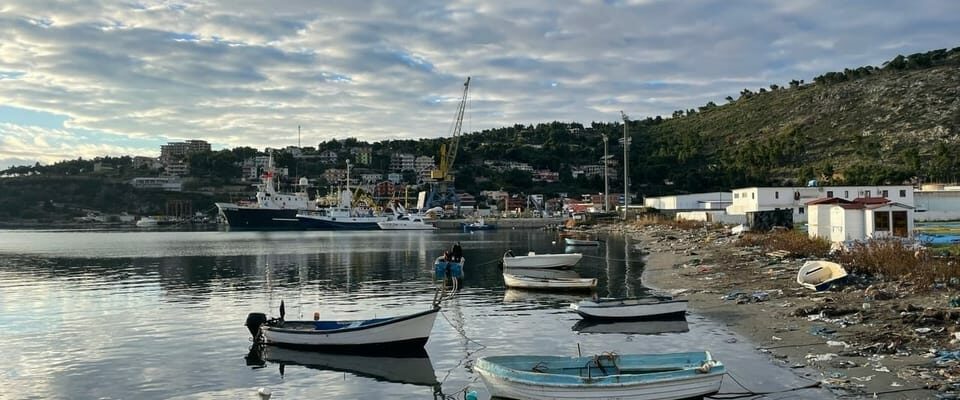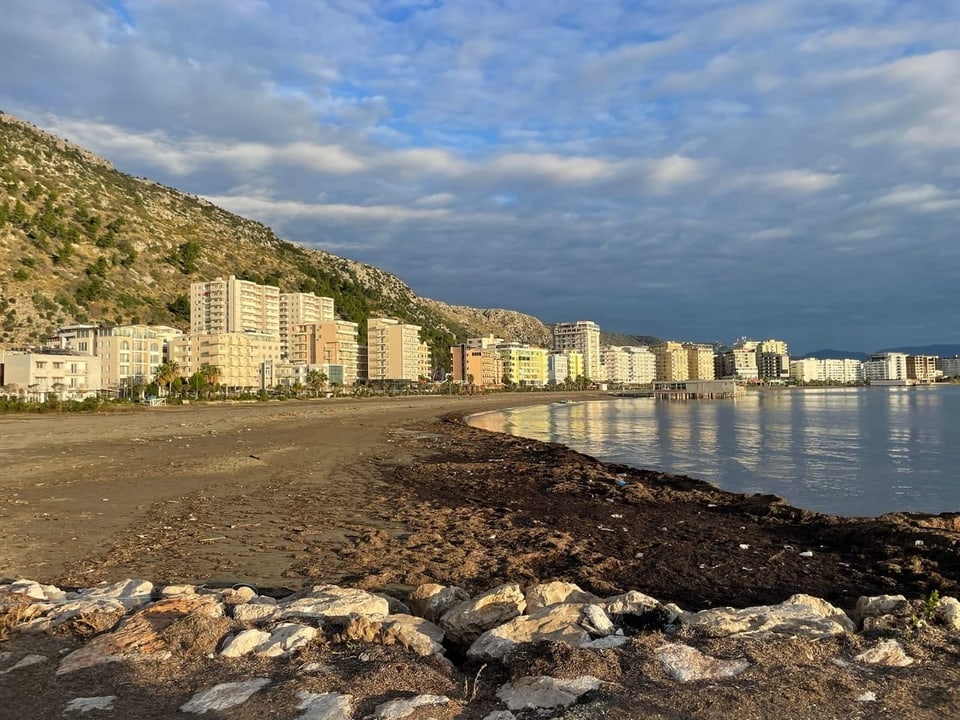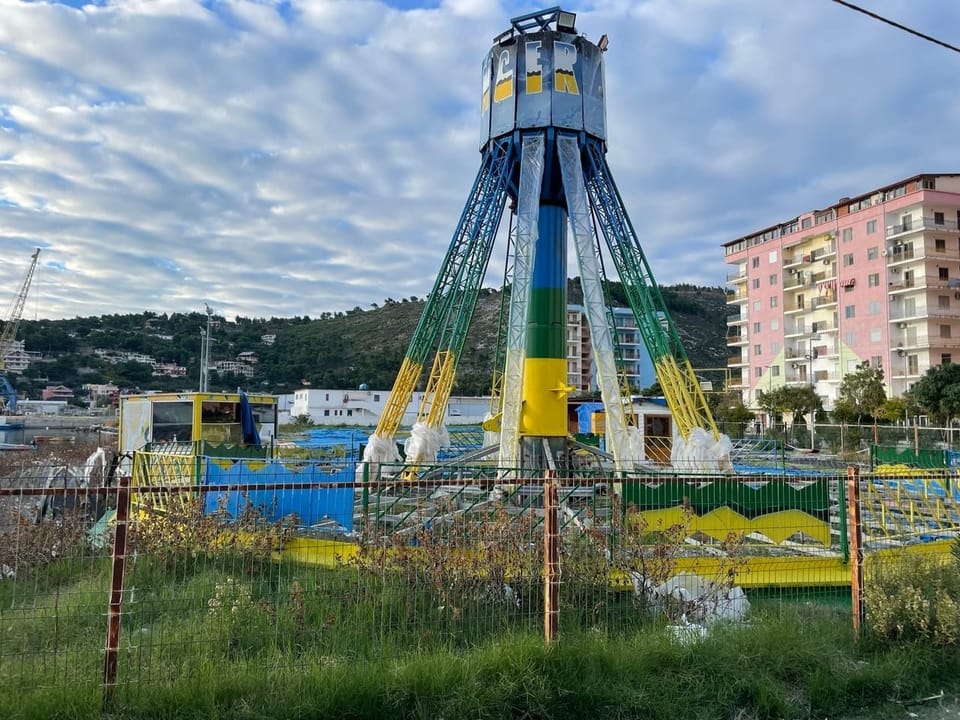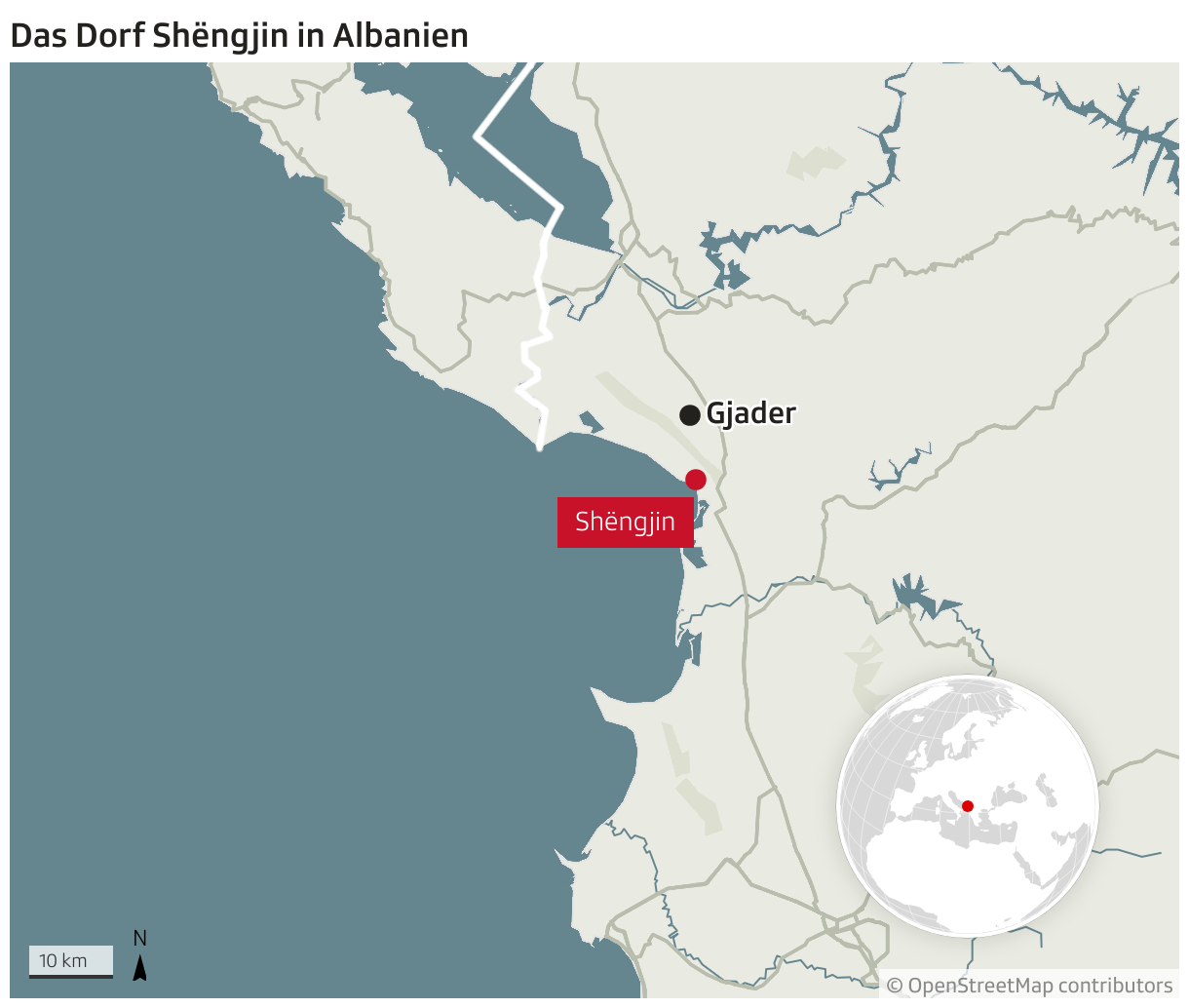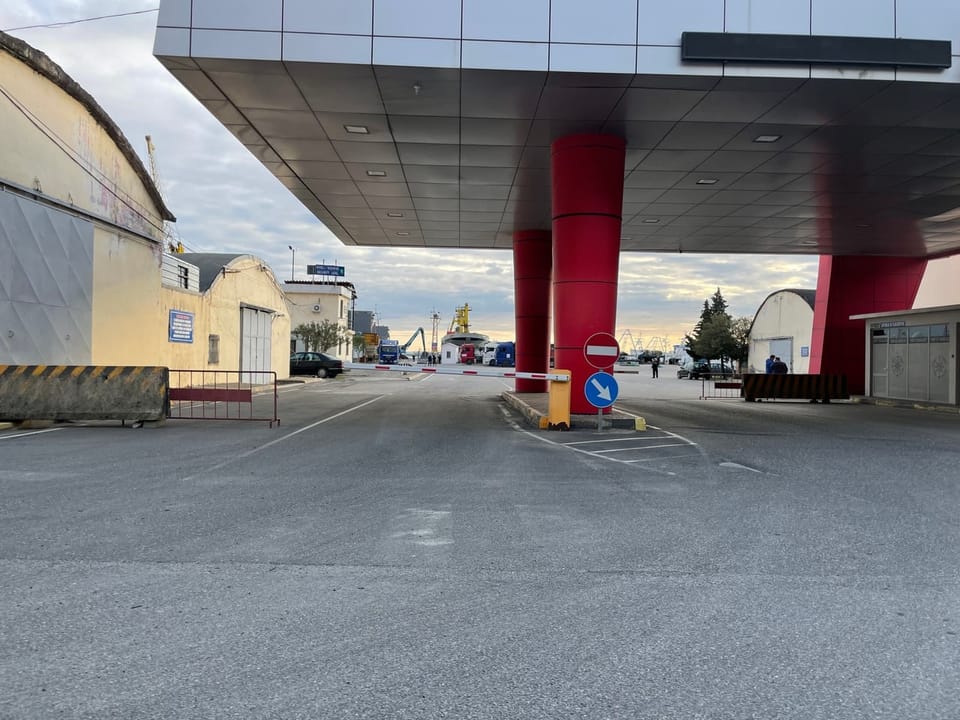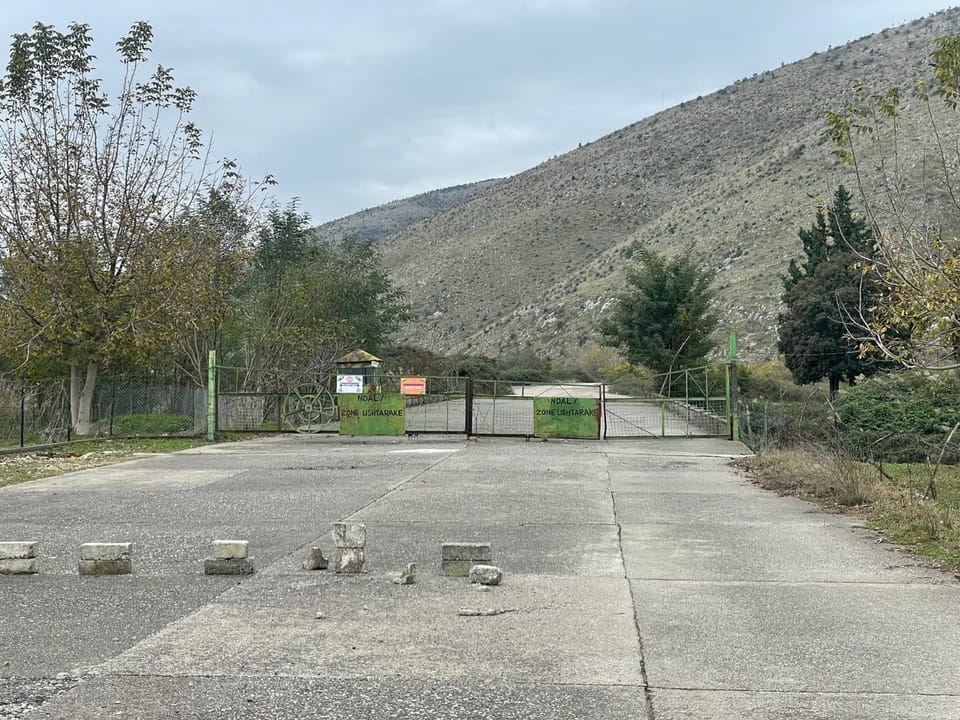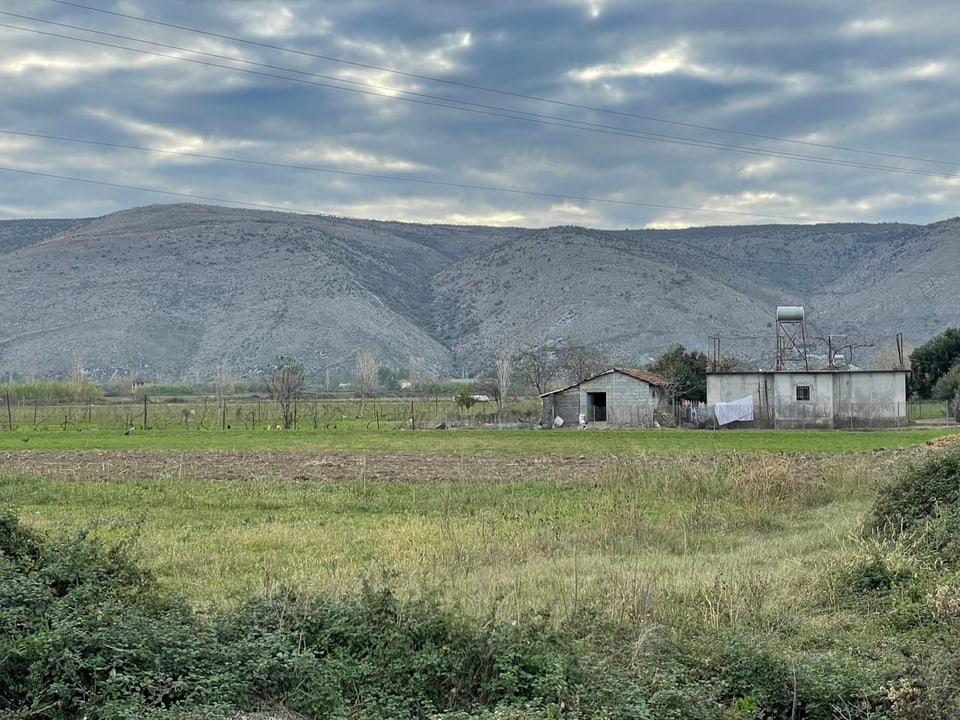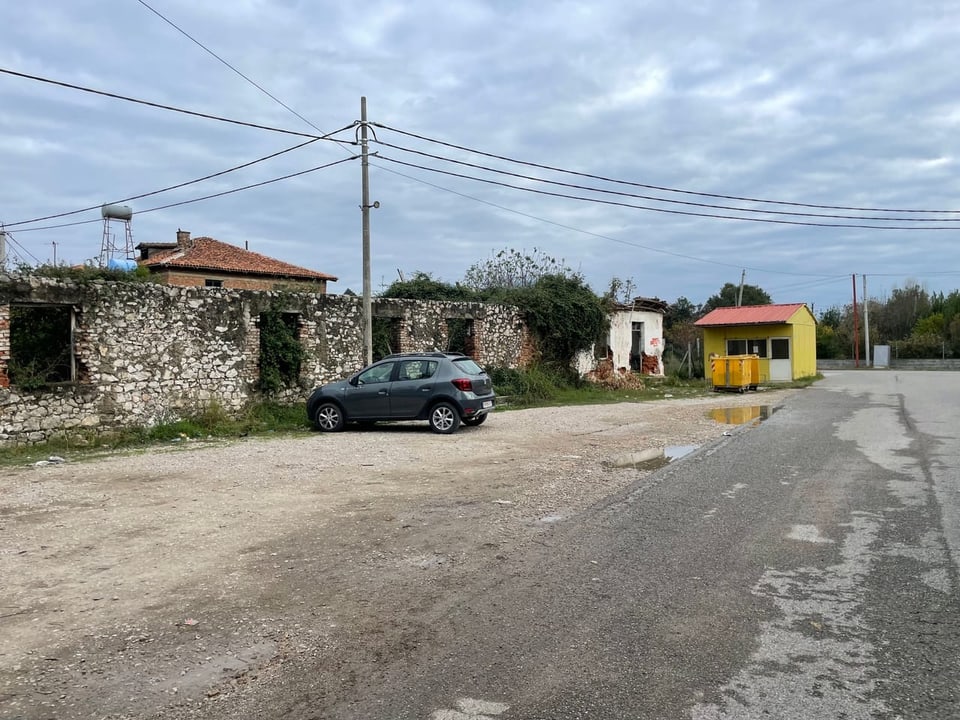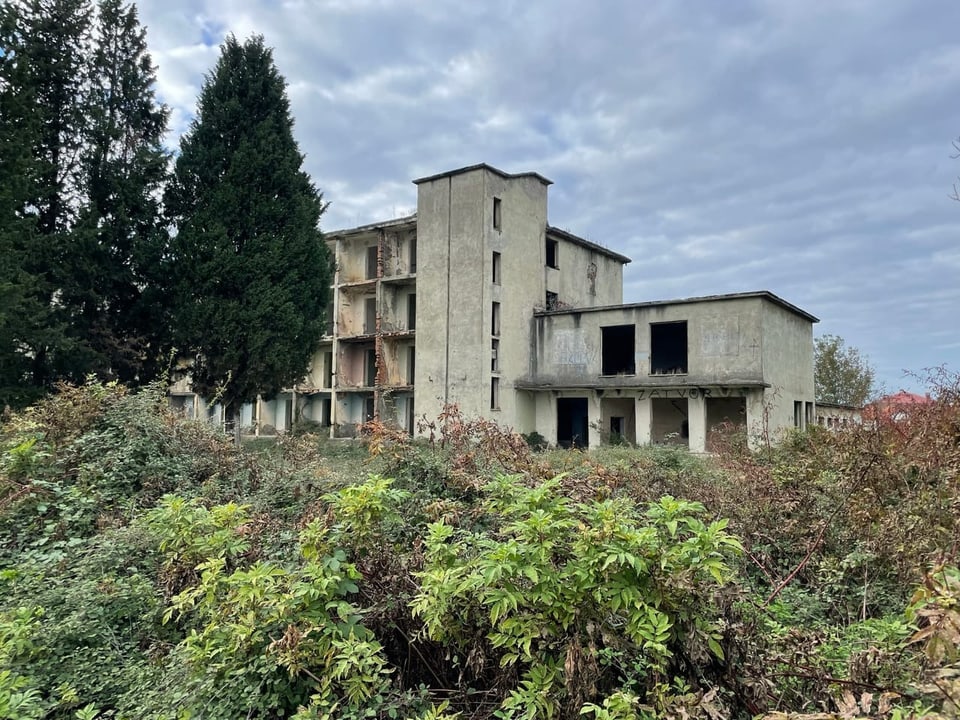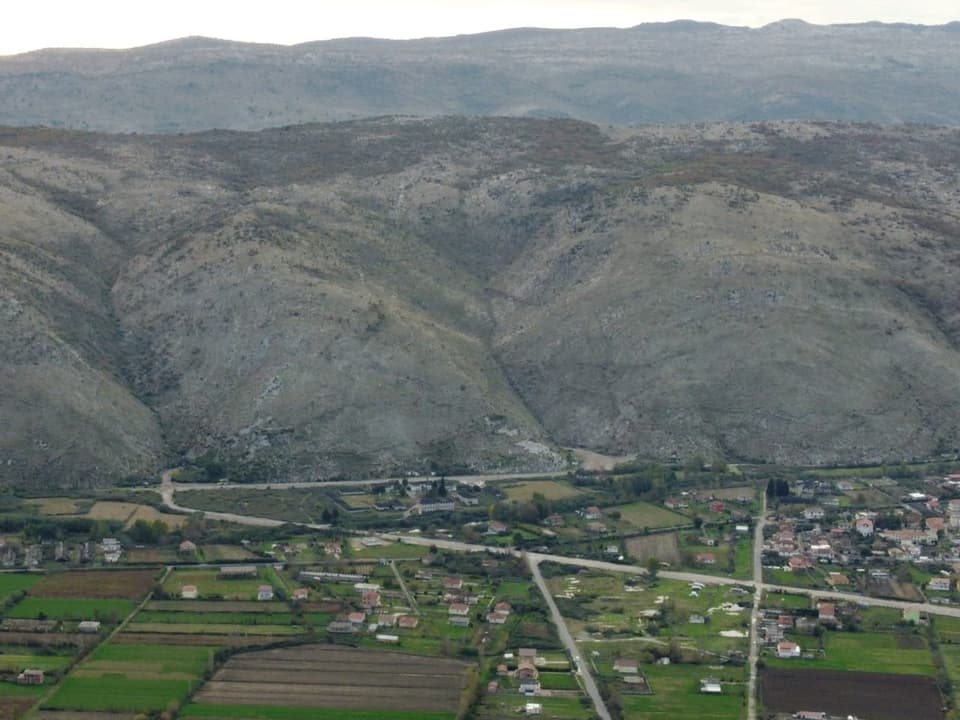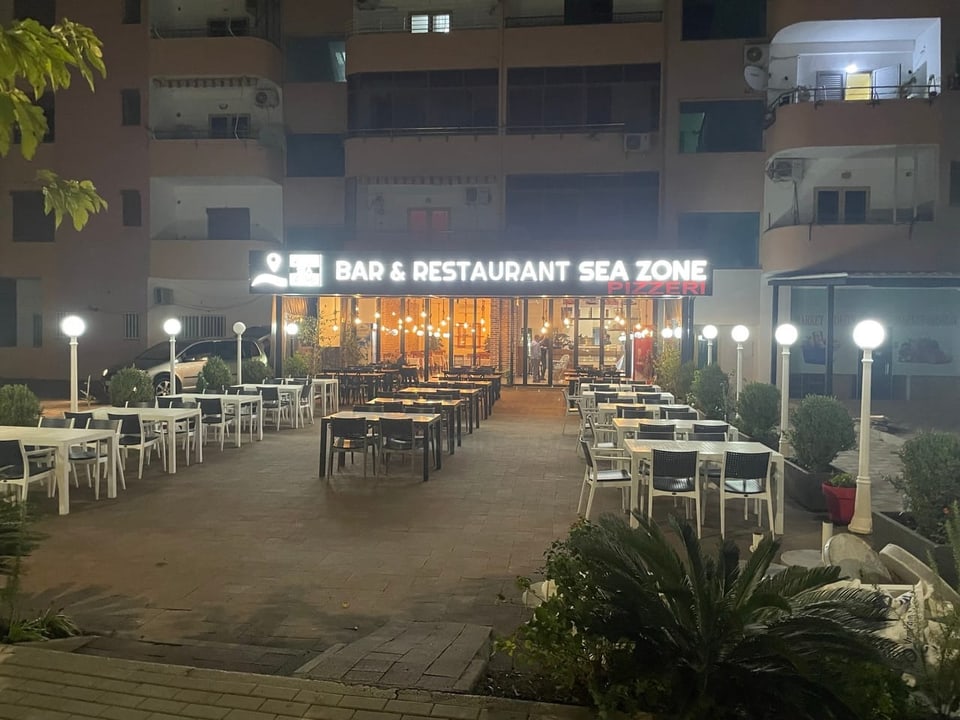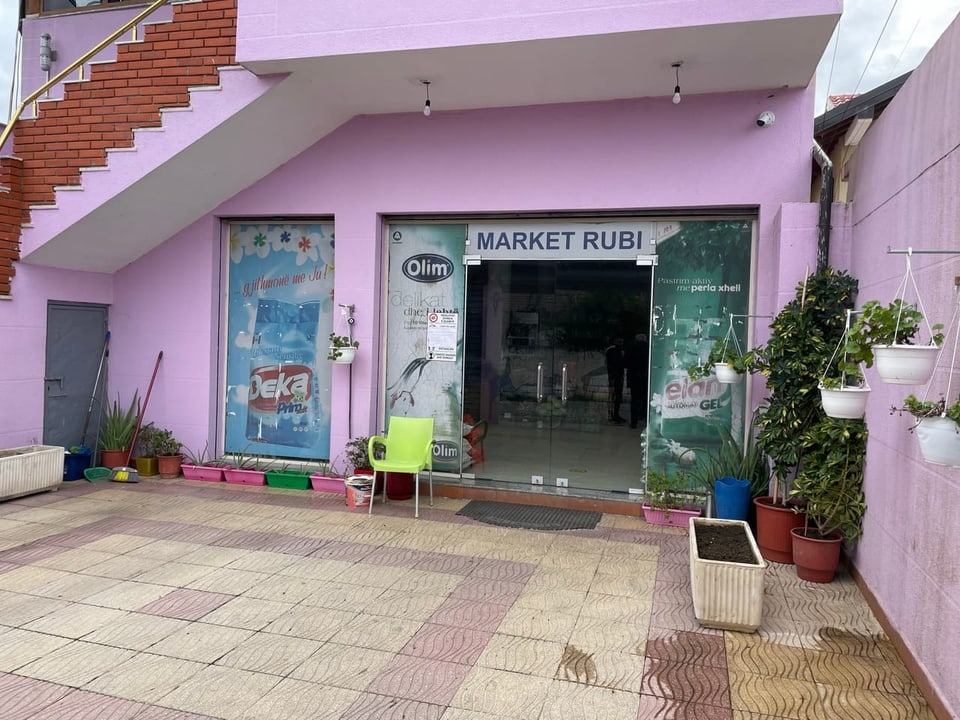Contents
Italy wants to build and operate migration centers in Albania. This announcement came as a surprise. The residents of the affected towns only found out about this from the media and reacted with mixed feelings.
Only a few ships are anchored in Shëngjin harbor. The small town in the north of Albania lives primarily from beach tourism.
But the port will soon be the center of attention. The men caught in the Mediterranean should be registered here.
Lazer Lleshi runs a restaurant and a hotel in town. He says he has nothing against the migrants. These are people in need. However, there could have been better places than Shëngjin. “Groups of migrants walking around, or even more clogged streets, would be bad for business.” But as long as everything is well organized, he sees no reason for problems.
After registration, the migrants are to be taken inland to the site of a disused military airport in the nearby village of Gjader. Chickens run across the runway, which is now used as a street. The military has not used the area for a long time.
The area where the migrants will soon be accommodated is cordoned off. Behind the fence you can see empty, dilapidated buildings. It is difficult to imagine how the infrastructure for 3,000 people will be built here by next March, as the government intends.
The residents were not informed
It’s a poor area. Many houses are empty. Most people have traveled abroad themselves in recent years. Those left behind live primarily from agriculture.
If you talk to people, it becomes clear that they have not been informed about the government’s plans. Nevertheless, you hardly hear any criticism of the project. Albanians are helpful and when they themselves migrated in large numbers, they were also helped.
You hear these arguments again and again, including from Gjon Doka. He runs one of the two shops in the village. As long as the migrants remain in the camps and are not allowed to roam freely, he has nothing against it. The state does what it wants anyway. The interests of the people here didn’t count: “If the state wants it, the water flows upstream,” says Doka, shrugging his shoulders.
Lots of open questions
Albania’s largest opposition party wants to have the migration agreement examined by the Constitutional Court. There are also questions about practical implementation. What happens to those men who refuse to return to their home country after a negative asylum decision? Many EU countries are failing with their returns. Why should it work in Albania of all places? If the returns do not succeed, as many expect, the camps will soon be overcrowded. How is this continuing?
As long as these questions are not clarified, the military airport in Gjader will likely remain empty.
